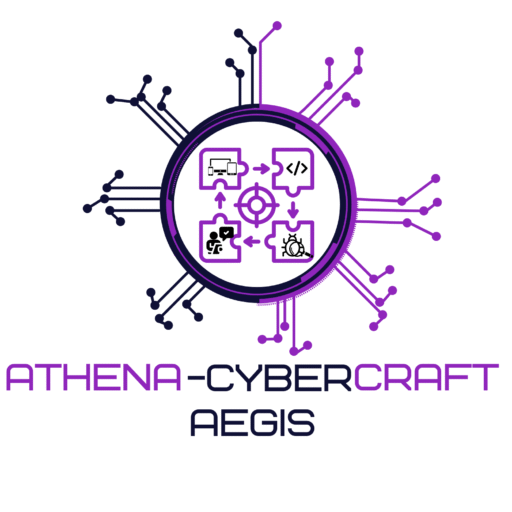Smoke & Sanity Testing

Smoke & Sanity Testing
Smoke and sanity testing are part of Athena’s initial validation checks during QA cycles. Smoke testing is used to verify the stability of the build for further testing—essentially checking whether critical features function properly after a new build. Sanity testing, on the other hand, is a focused verification of specific modules or bug fixes to ensure they work correctly before proceeding. Athena integrates these tests both manually and through automation (especially in API and UI testing) to streamline the QA process and catch major issues early, saving time and costs in later stages.
Process We Follow
Test basic features (like login, loading, navigation) to ensure the build is stable.
Decide whether the build is ready for deeper testing based on smoke results.
Test specific modules after bug fixes or updates to validate functionality.
If sanity checks pass, proceed to full regression or functional testing.
- Smoke Testing – Basic Check
- Approve or Reject Build
- Sanity Testing – Focused Check
- Confirm Fixes & Move Forward
Services Outcome
Smoke and sanity testing provide quick and focused checks on software builds. Smoke testing validates basic functionalities early, while sanity testing confirms that specific fixes or modules work as intended. Together, they help identify critical issues upfront, speed up the QA cycle, and ensure that only stable builds move forward for deeper testing.
-
Early Detection of Critical Failures
-
Time-Saving for Deeper Testing
-
Quick Feedback on Build Quality
-
Increased Testing Efficiency




